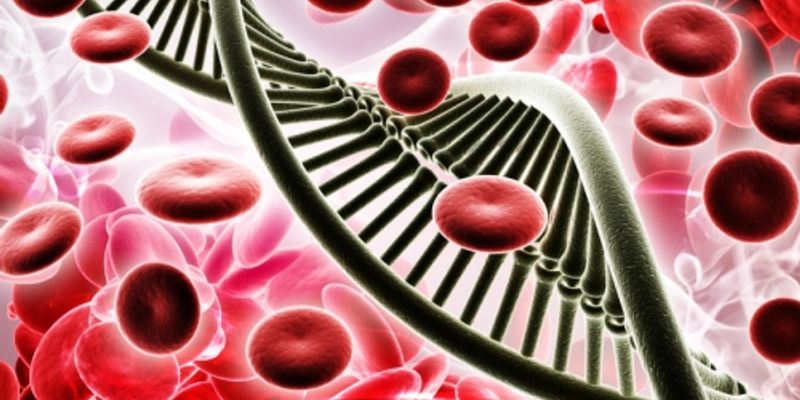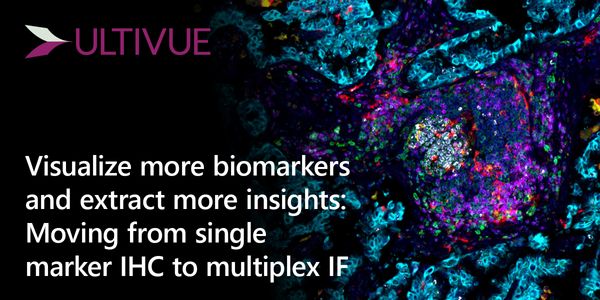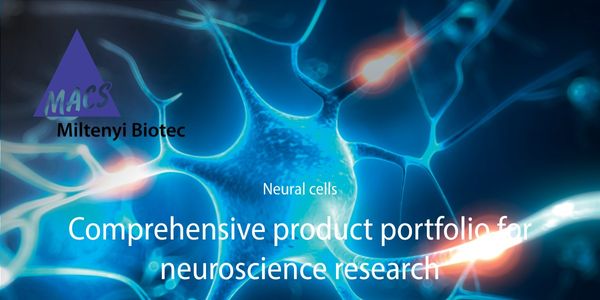Cellular Mechanism
Cellular Mechanism: is an abstraction of an electrophysiological mechanism present on a cell. The three main types are Channel Mechanism, Synaptic Mechanism and Ion Concentration.
-
APR 16, 2020 | 9:00 AMDATE: April 16, 2020 TIME: 9:00am PT, 12:00pm ET There is an increasing need to evaluate and understand unique phenotypes and mechanisms of action within the tumor microenvironment. Existing...APR 15, 2020 | 4:00 PMDATE: April 15, 2020 TIME: 4:00pm CEST, 07:00am PT, 010:00am ET The assessment of cell health and cellular responses after experimental manipulation continue to be a very important aspect of...Genetically-modified cell therapies are revolutionizing medicine, offering new opportunities to treat cancer patients and potentially many other diseases. The process of producing gene-modif...
MAR 31, 2020 | 9:00 AM
DATE: March 31, 2020 TIME: 9:00am PT, 12:00pm ET HER2-positive breast cancer is a type of breast cancer caused by over-expression of a protein called human epidermal growth factor receptor 2...
Speaker:
Matteo Allegretti, PhD
Working memory (the ability to hold some information in mind for a few seconds, and to manipulate that information) and decision-making (committing to one out of multiple possible choices) a...
Speaker:
Carlos Brody, PhD
, Ben Engelhard, PhD
, Stephen Keeley, PhD
, Marlies Oostland, PhD
, Lucas Pinto, MD, PhD
, Adrian Wanner, PhD
, Ilana Witten, PhD
Presented at: Neuroscience Virtual Event Series 2020
Identifying the diversity of neuronal cell types of the nervous system is one of the main objectives of the BRAIN Initiative, with the vision that distinct neuronal identities will allow for...
Speaker:
Giorgio Ascoli, PhD
, Hong-Wei Dong, MD, PhD
, Byungkook Lim, PhD
Presented at: Neuroscience Virtual Event Series 2020
Learning is often an emotional process. Emotional stimuli with different valences, such as threat and reward, can transform an otherwise neutral sensory input into one that can trigger disti...
Mechanistic understanding of neural systems is daunting to achieve in large part due to the heterogeneity of the neuronal elements in both form and function and the complexity of the circuit...
Speaker:
Emre Aksay, PhD
, Mark Goldman, PhD
, Sebastian Seung, PhD
, Ashwin Vishwanathan, PhD
Presented at: Neuroscience Virtual Event Series 2020
The accumulation of neurotoxic amyloid beta peptides and/or neurofibrillary tangle formation are key pathological hallmarks of neurodegenerative diseases including but not limited to Alzheim...
Speaker:
Michael Heneka, PhD
Although neuroscience has provided a great deal of information about how neurons work, the fundamental question of how neurons function together in a network to produce cognition has been di...
Speaker:
György Buzsáki, PhD
, Attila Losonczy
, Mark Schnitzer
, Ivan Soltesz
Presented at: Neuroscience Virtual Event Series 2020
Brain function is remarkably reliable despite the imprecise performance of neurons, and the continuous perturbations caused by aging, disease or injury. How does the brain succeed in produci...
Speaker:
Adrienne Fairhall, PhD
, Tim Gardner
, Carlos Lois, MD, PhD
Presented at: Neuroscience Virtual Event Series 2020
























